Take Me to Bed or Lose Me Forever in the Supersonic Corridor
The Mojave and Boom versus the sound barrier
There’s the city of Mojave and then The Mojave.
The city of Mojave has a population of about 4,000 people and sits a hundred miles north of Los Angeles. Some people might describe it as a shithole, and they would not be altogether wrong. As the name indicates, the city of Mojave is in the Mojave Desert. It gets about two to six inches of rain a year, experiences extremes of heat and cold and has gusting winds. California State Route 14 rips right alongside the city’s edge, and, if you’re on it and not paying attention, you could drive by Mojave in a flash, missing out on the delicacies offered up at Denny’s (4.1 stars), Wienerschnitzel (3.9 stars) or Subway (4.0 stars) or a fine stay at the two-star America’s Best Value Inn.
I’m not totally sure that Mojave ever saw better days, but it gives off an air of disrepair and decay now. Most of the buildings appear battered by the desert conditions. Residents say the crime is bad. The most stunning parts about Mojave are industrial – vast windmill forests that weave up and around the surrounding mountainsides and solar farms that fill the flatlands.
All of this is to say that I love Mojave and go there as often as I can.
What draws me in is the Mojave Air & Space Port and Rutan Field because that’s where Mojave the city blends with The Mojave, which is both a mentality and a location of religious significance for anyone who loves machines that fly.
The airport is flanked by Edwards Air Force Base and the Naval Air Weapons Station China Lake. That means The Mojave has lots of exceptional, sometimes eccentric aircraft doing wondrous things and that the flying stuff is complemented by stuff that goes BOOOOOM. The event that catalyzed The Mojave’s position as a special place incorporated all these characteristics. It occurred in 1947 when Capt. Charles E. Yeager became the first human to go past the sound barrier in the Bell X-1 plane.
In the years that followed, the military bases did most of the work pushing The Mojave’s reputation as the forefront of aerospace adventure. Tom Wolfe captured the scene well in The Right Stuff where courageous, manly pilots were turning up in the desert to flex their cojones, and young women were apparently all about it. Wolfe describes both groups mingling at the Happy Bottom Riding Club run by the iconic Florence Lowe "Pancho" Barnes with language that I’m not sure mainstream writers could get away with today, although “labial piping little birds” is . . . evocative.
While the Mojave Airport has been around since the 1930s, it played second fiddle to the military bases and their activities for a long while. That is until Burt Rutan set up shop in a building right next to the runway and opened the Rutan Aircraft Factory in 1974. Rutan had picked the Mojave Airport because it was cheap and had good runways and because you could test out aircraft with fewer restrictions in this part of the world without many people and where the military controlled the airspace.
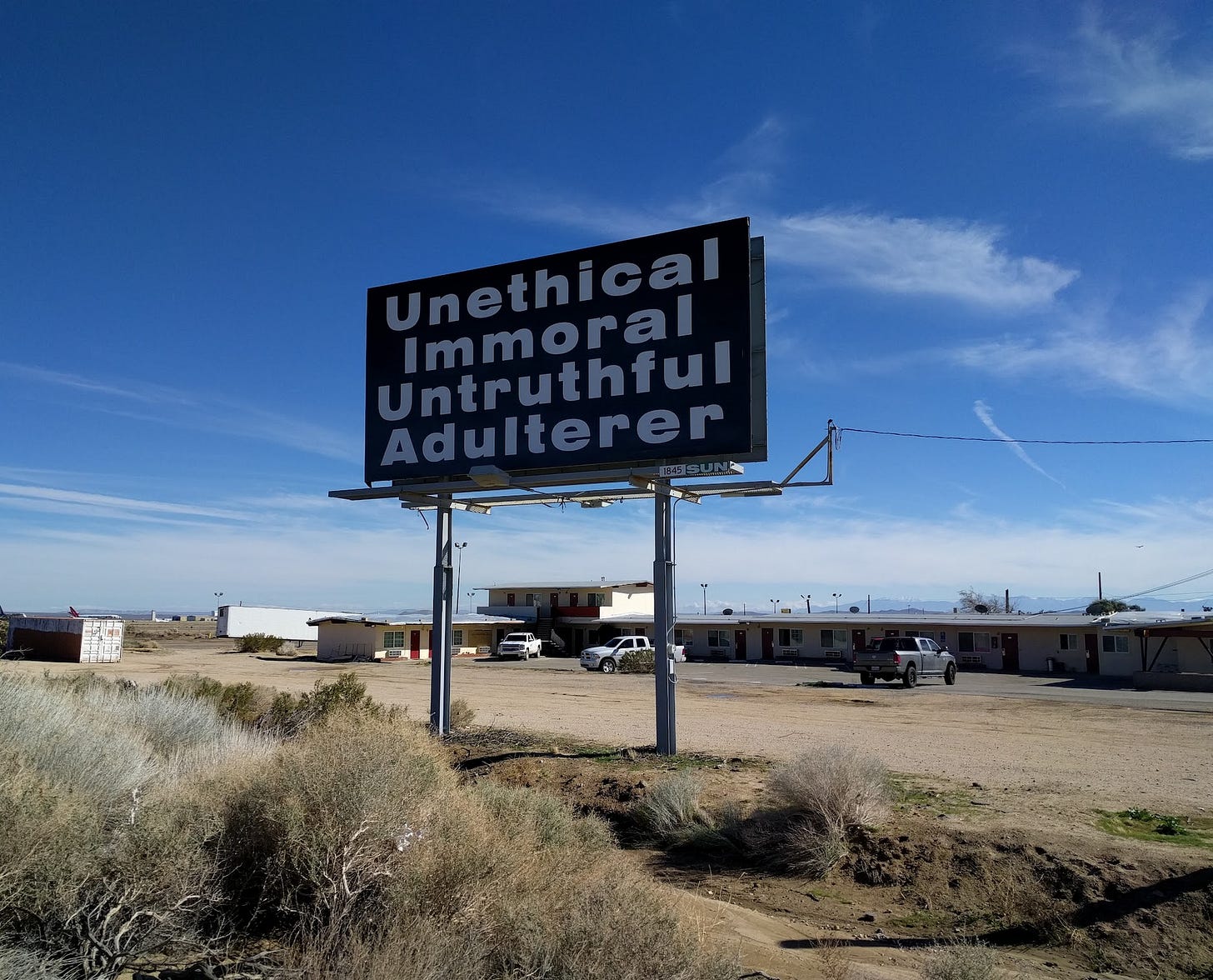
Other people and companies have built more aircraft than Rutan in terms of sheer volume. No one, though, has ever outpaced Rutan when it comes to pumping out original aircraft designs. He and his teams more or less designed a new aircraft every year for decades and pushed the field toward new materials like composites and fresh notions of what an aircraft could do. I can still remember watching the Rutan Voyager fly all the way around the world without refueling in 1986 on TV as a kid and marveling at the odd looking craft.
Rutan accomplished so much through his rare genius. But he also created a structure for success. He gave young, unproven engineers a lot of responsibility and rewarded the self-motivated folks on his teams with the autonomy to try out ideas. He stripped away the bureaucracy so prevalent in the aerospace field.
It’s that spirit that filtered out and created a second wave in The Mojave away from the military bases. From the 2000s on, New Space start-ups began turning up at the airport to try and rewrite the rules of getting objects to orbit. Virgin Galactic. Masten Space Systems. XCOR Aerospace. They and others all set up shop in hangars and factories right next to the airport. And, just as young people from around the country flocked to Mojave to come work with Rutan, young people turned up to cut their teeth in the aerospace industry at these start-ups.1 They were rewarded by being asked to do more with their limited skills and learn more than they would at more polished non-Mojave space companies.
This New Space Mojave boom began to die out a couple of years ago. The small companies folded or were subsumed. Even Richard Branson’s mighty Virgin space empire – that consisted of both a space tourism company and a rocket launcher under the Virgin brand – had to downsize and regroup. Cracking the code on commercial space proved tough and expensive.

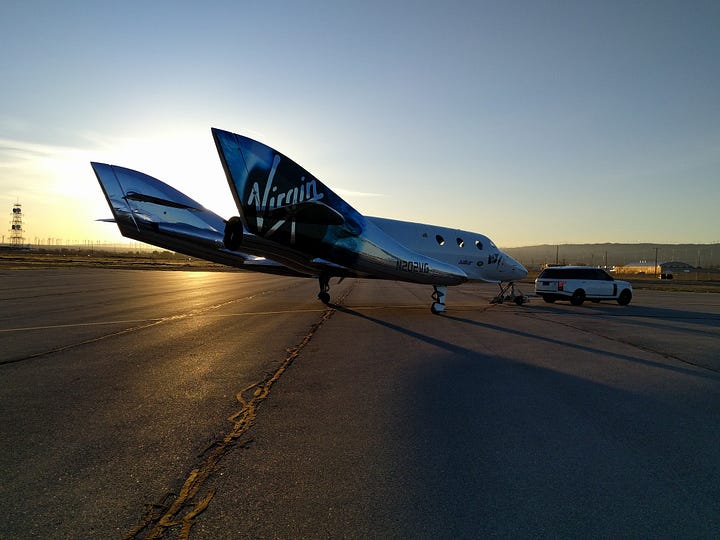
And with this massive windup, I now bring you to the news. The good news.
Last week, Mojave the city returned to its full glory at least for a moment.
Boom Supersonic flew its XB-1 jet past the sound barrier for the first time, and I got to witness the whole affair. (And you will too soon in an upcoming video.)
Boom was founded in 2014 by Blake Scholl, and he had nothing resembling an aerospace pedigree. Scholl, a computer scientist, had worked at Amazon and Groupon – dear god – before starting Boom with the dream of bringing supersonic air travel to the masses.
Here we are 11 years later, and Boom is still at it, and the XB-1 is not even the aircraft around which it hopes to fly regular folk. Rather, the XB-1 is a single person jet that Boom has used to test out some of its ideas, materials and team when it comes to handling the pressures of supersonic flight. The plane that could end up taking people from London to New York in a zip is called Overture and will need a few years more and tons of money to create and clear for safe travel.
We’ve obviously been here before with the Concorde, but it had the weight of the British and French governments behind it. The XB-1 has been built on the back of venture capital, and, when it went supersonic last Tuesday, it marked the first such time an independently developed jet had done so.
After the flight, Scholl groused on X that neither The New York Times nor The Wall Street Journal had bothered to cover the event. That’s warranted grousing.
Yes, okay, Boom had already flown XB-1 about ten times from Mojave at sub-supersonic speeds. Scholl will tell you that the company had learned most of what it needed to during these test flights, and that there’s a degree to which the XB-1 busting through the sound barrier was simply symbolic.
But also . . . what the fuck?
There are pragmatic reasons this test flight was a big deal.
Boom is one of our last, best shots at getting supersonic commercial travel. The Concorde retired in 2003 because it was too expensive. Afterwards, people were inclined to deem affordable supersonic flights as an impossibility.
We have a couple of major supersonic bets with Boom and Hermeus. But they’re both battling away in a horrifically hard and costly business, and, if they fail, we might not see anyone take a swing at supersonic commercial flight for decades. Maybe you like being wedged in a seat for 11 hours going from San Francisco to Tokyo. I don’t.
Boom has now planted a flag by showing what it can do and has made the path toward raising the capital required to manufacture Overture more feasible. Investors love these major product moments. They’re soothing and confidence building. Few companies have the chance to put on such a display or to do so with a legit Tom Cruise-like figure named Tristan “Geppetto” Brandenburg leading the product demo.
On the far more visceral front, Boom doing this test flight was not just cool but important for all the historical context reasons laid out earlier. Some of the U.S.’s finest engineering achievements have taken place in The Mojave because of the culture built up in The Mojave. It’s a special place, and it requires tending and fuel to keep on thriving.
The U.S. is that rare country to even have a “supersonic corridor” and to have supersonic-ready objects to shove through it. It’s good to test such engineering limits and be reminded of what we’re capable of and to maintain the need for speed.
One of my favorite Mojave aerospace types is Ben Brockert, who went on to work at Astra Space, after a stint at Masten. I wrote about him in my book When The Heavens Went on Sale and include a little tribute to Ben from that book here.
Having pined to get into aerospace since he was a kid, Brockert bought a $500 very, very used seventeen-passenger van and drove to the Mojave Desert to begin knocking on the doors of space start-ups. It took months to find a gig, living out of his van and trying to fill the days the best he could. “I managed to get a library card and read all the books I had not read,” he said. “I also spent a lot of time bombing around the desert and trying not to die.” Through a stroke of luck, a position opened up at Masten, and Brockert soon established himself as an essential part of the Xombie team. He continued reading aerospace books and learned a ton on the job over the course of three years. “Mojave is like a New Space penance,” he said. “It sucks, but you put in your two or three years and then you can go do something somewhere else if you’re good.”





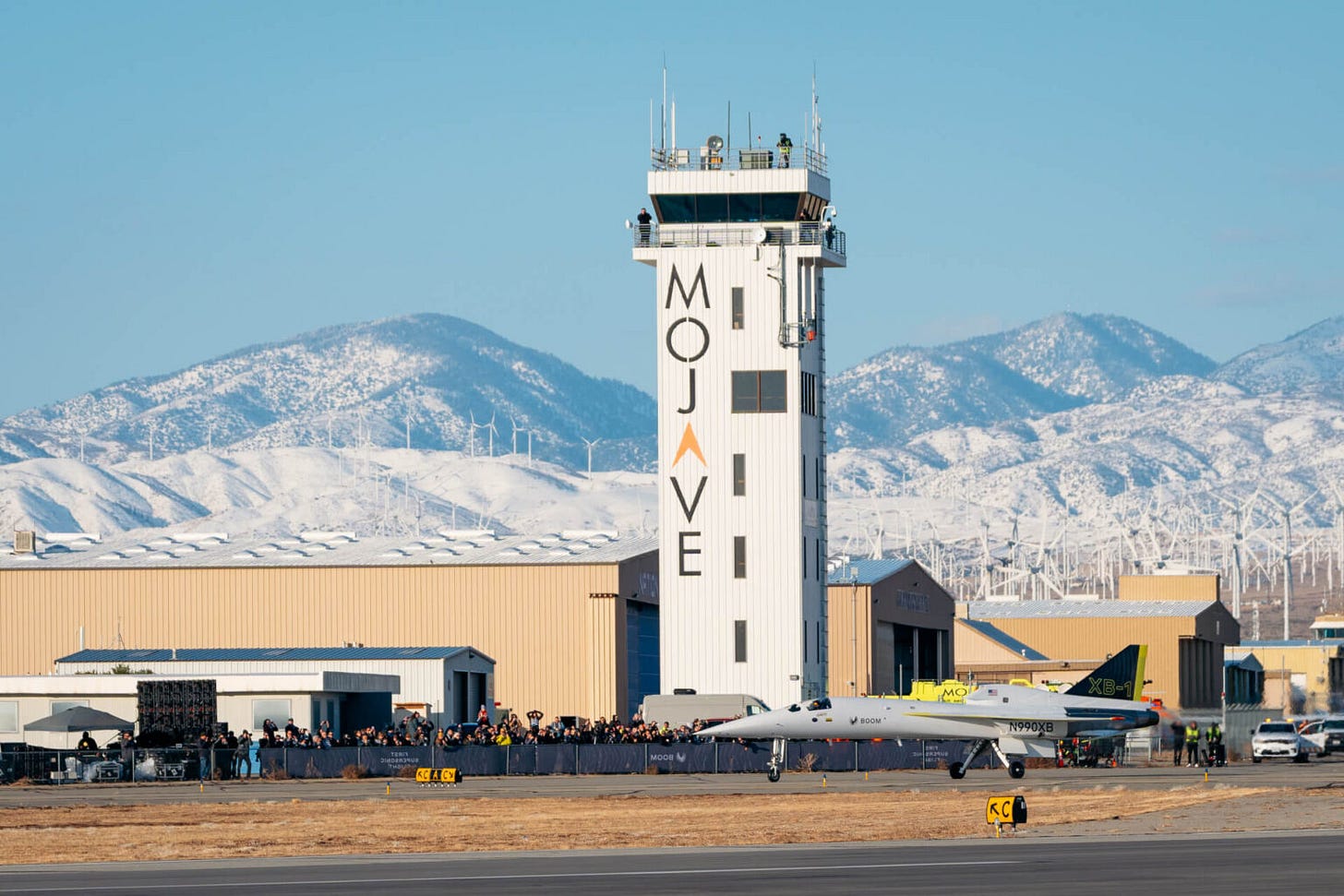
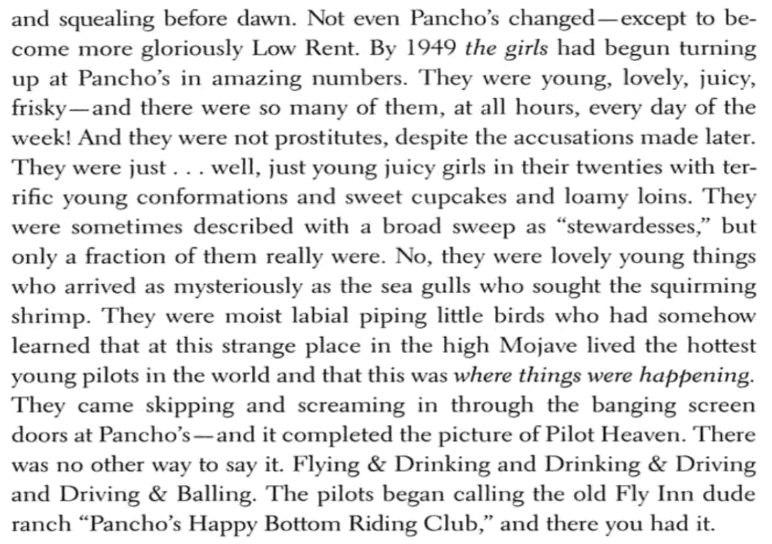
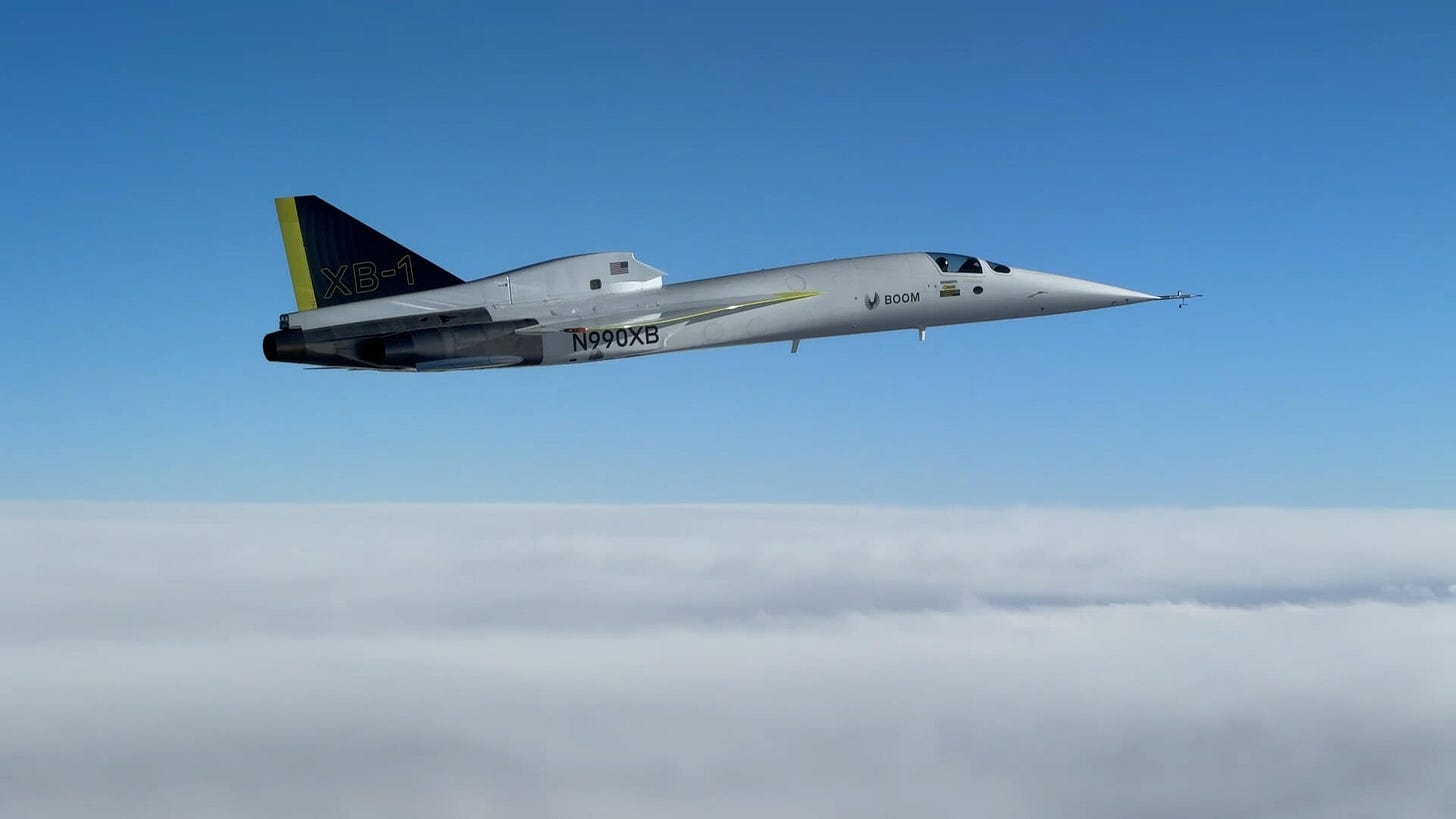
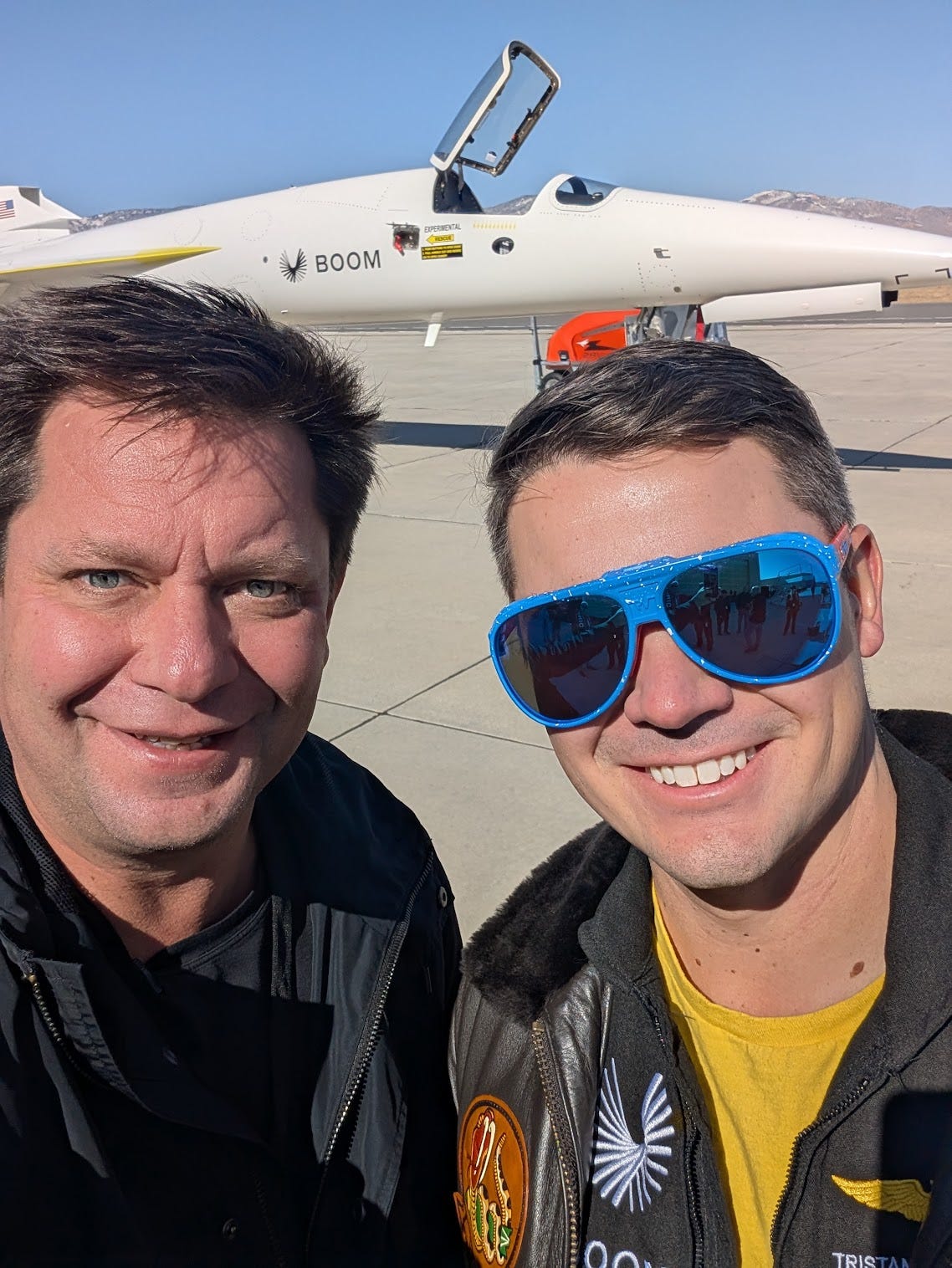
The over-ocean flight from San Francisco to Tokyo does not require a sonic boom restriction. The reason that route was not flown by Concorde was that it lacked the range.
On the other hand, constant sonic booms (even mild ones) are not desirable over land. Constant dull thuds are preferable to sharp cracks but hardly desirable or welcome.
Finally, as someone who actually flew Concorde (British Air never used 'the'), I can tell you that, while the service was impeccable, both the seat and the cabin were tight.
While Boom’s supersonic flight might not seem so groundbreaking, it is very exciting to see a commercial venture getting that far. My only concern now is to see that they can make it through their financing challenges, so that they can eventually become an operational company with a better and smaller version of what the Concorde did years ago (I flew it one time).